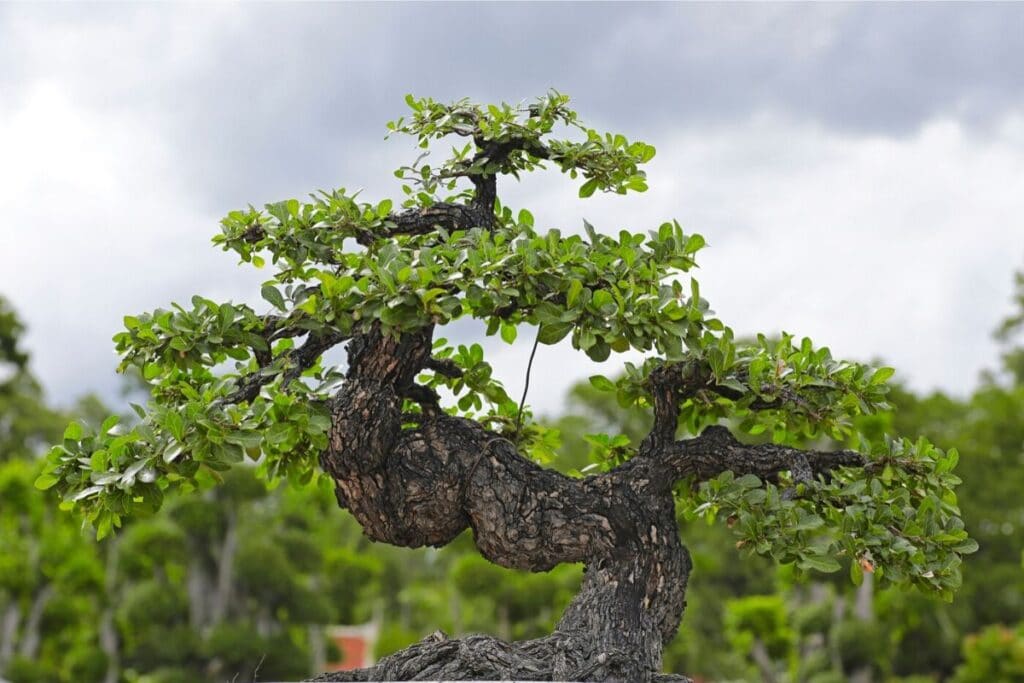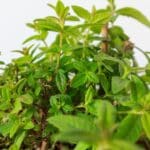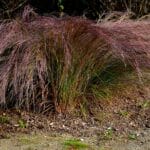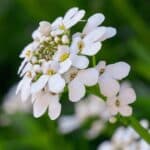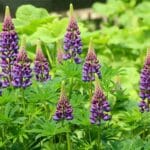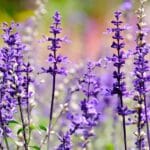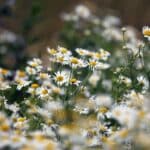Often simply referred to as “snow rose,” the snow rose bonsai is one of the most beautiful plants you can grow in your home.
The full-sized version of this plant is a subtropical shrub that remains small and compact. It is sometimes called the Japanese boxthorn and the tree of thousand stars. Blooming from spring until summer, it can be sensitive to fluctuations in temperature.
Therefore, it is ideally suited for indoor bonsai cultivation. Here’s how to do it.
Interesting Facts about Snow Rose Bonsai
Height: 6-8 inches
Width: 1-2 inches
Sunlight: Full sunlight
Flowering Time Length: Early spring to fall
Lifespan: 20+ years
Scientific name: Serissa japonica
Other names: Serissa Foetida, Tree Of A Thousand Stars
Types of Snow Rose
Snow rose is native to subtropical woodlands and wet meadows in southeast Asia. Snow Rose, or serissa japonica, is the only plant in the Serissa genus of flowering plants in the Rubiaceae family.
It used to be called the Serissa foetida, so rest assured, if you see it sold by this name, it is, in fact, the same plant. “Foetida ” was taken out of the name because it refers to the odor that the tree gives off when its shiny green leaves are pruned – not exactly a pleasant conjuration, for sure!
There are a few cultivars of Serissa japonica available for bonsai growers, including Pink Snow Rose, Variegata, Pink Mystic, Variegated Pink, Snow Leaves, Snowflake, Mt. Fuji, Sapporo, and Kyoto.
Growing Snow Rose Bonsai from Seed or By Propagation
There are many bonsai types that you can grow by seedling. However, you should not attempt to grow snow rose bonsai from seed, as this can be quite the challenge. It’s easier to propagate this plant from semi-hardwood cuttings.
How To Care for Snow Rose Bonsai
Caring for a bonsai is not that difficult as long as you understand these basics:
Sunlight
Snow rose bonsai is not necessarily difficult to care for, but it can be a bit fussy. You need to be careful about moving it often, as it’s sensitive to movement and changes in temperature.
This serissa bonsai does not tolerate frost in the slightest. It needs to be kept at temperatures between 50 and 68 degrees at all times. Any fluctuations in temperature are not good for the plant – you also should avoid unnecessary changes in the tree’s position.
The warmer the location is for your snow rose bonsai, the more light you will need. This plant responds well to grow lights, as long as you can provide consistent humidity.
Watering
You will need to keep the roots of your snow rose bonsai moist at all times. However, it’s equally important that you do not overwater the tree. If your tree begins to drop leaves, you may want to decrease watering ever so slightly. Avoid water that is overly acidic or alkaline – neutral water is preferred.
Fertilizing
You should apply a small amount of organic fertilizer once every four weeks. This will provide your snow roses with all the nutrients it needs.
If you’d rather use a liquid fertilizer, you can – but apply it once per week during the growing season. It should be well-balanced. You only need to use liquid fertilizer once per month during the dormant winter season.
It’s also important that you do not try to fertilize unhealthy snow rose bonsai plants, as this can be too overwhelming for the bonsai trees.
Potting and Repotting
You should repot your snow rose tree species once every other year, using a standard soil mix. You should prune the root system ever so slightly when you do this – keep in mind that they will give off an unpleasant odor when they are cut.
Pruning a Snow Rose Bonsai
You can prune your serissa bonsai tree heavily in the early spring. Trim young plants down to just two leaves when the shoots have produced four or five leaves. You can trim older trees, too, but only do this as long as they are flowering. You will need to cut back the branches every two to three years, which will keep the tree compact.
Pests and Diseases
There are a few pests to which the delicate snow rose bonsai is prone. Among them, you will have to worry about spider mites, aphids, and root aphids.
You can use pesticides to get rid of them, but your best line of defense is increasing humidity. That said, overwatering can cause root rot, so you’ll want to make sure your soil is moist but well-draining.
Where to Buy Snow Rose Bonsai
Snow rose bonsai can be purchased from just about any specialty bonsai retailer or online shop. If you’re new to growing bonsai, it’s important that you only purchase from a reputable source. Snow rose bonsai can be difficult to grow, so starting with the right stock is vital to your success as a newcomer.
FAQs
Are snow rose bonsai indoor or outdoor plants?
Snow rose bonsai trees can be grown both indoors and outdoors, depending on the climate and growing conditions. In temperate regions, they can be grown outdoors year-round, while in colder climates, they are often grown indoors and moved outdoors during the warmer months.
What is the best soil for snow rose?
The best soil for snow rose bonsai trees is a well-draining bonsai soil mix that retains moisture without becoming waterlogged. A mix of akadama, pumice, and lava rock is commonly used for snow rose bonsai to provide adequate drainage and aeration for the roots.
What is the best fertilizer for Serissa Bonsai trees?
Serissa bonsai trees benefit from a balanced fertilizer formulated specifically for bonsai or acid-loving plants. Look for a fertilizer with balanced N-P-K (nitrogen, phosphorus, potassium) ratios and micronutrients, and apply it according to the manufacturer’s instructions during the growing season.
What does the snow rose Bonsai tree symbolize?
The snow rose bonsai tree, also known as Serissa foetida, symbolizes purity, serenity, and inner peace in bonsai culture. Its delicate white flowers and small, glossy leaves evoke a sense of tranquility and harmony, making it a popular choice for bonsai enthusiasts seeking to convey these qualities in their creations.
Final thoughts
In conclusion, mastering Serissa bonsai care brings not just the beauty of nature into our homes but also a sense of discipline and patience.
No matter where an enthusiast is cultivating Serissa bonsai, from tending to seedlings to shaping older specimens, the delicate leaves and elegant shapes await them.
With dedication and attention to detail, Serissa bonsai can become cherished companions, bringing tranquility and beauty into our lives for years.
*Photo by lobster20/depositphotos

